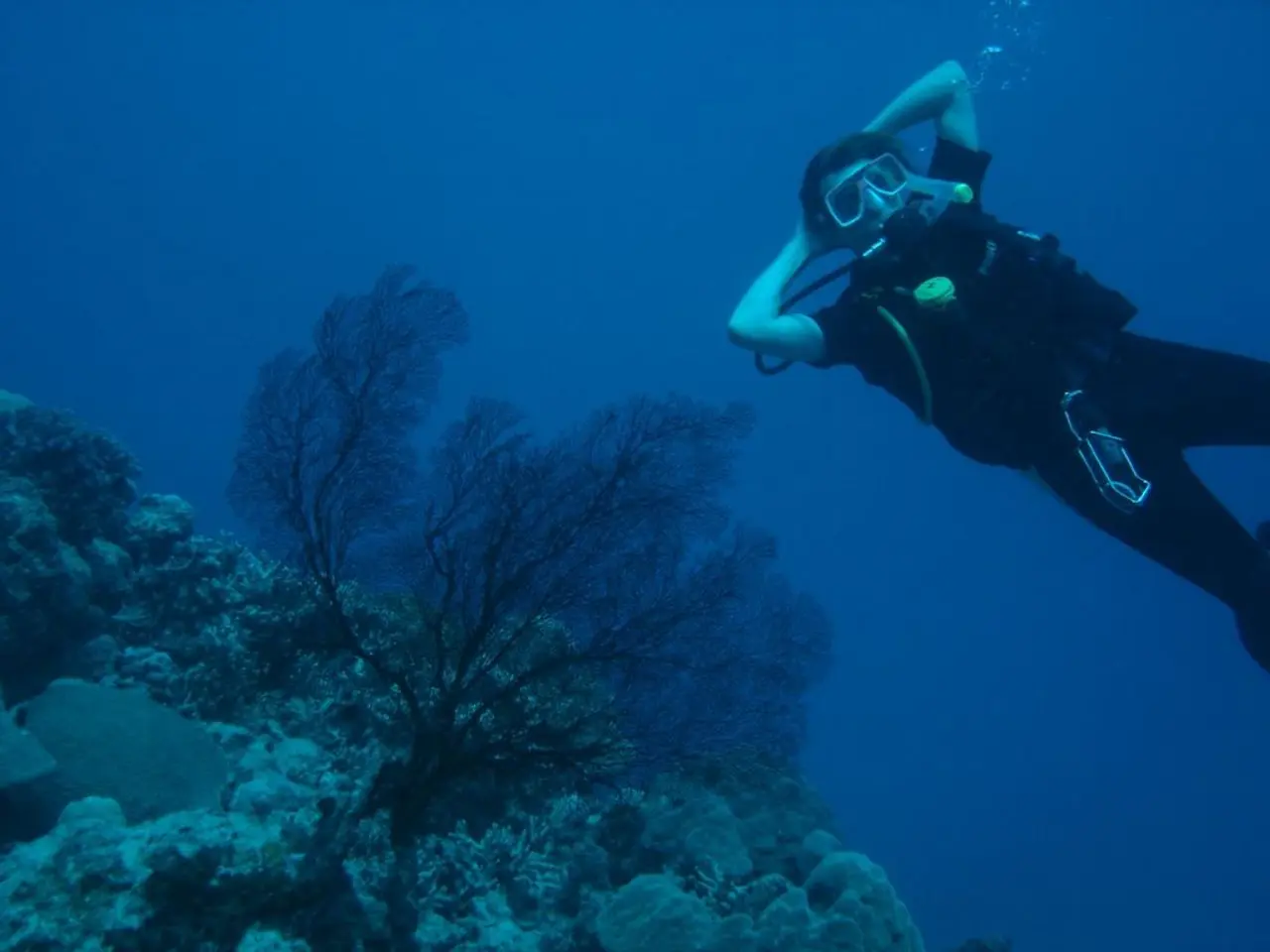Collapse of Titan submersible heavily criticizes CEO for lack of supervision
The U.S. Coast Guard has released a final report on the catastrophic implosion of OceanGate's Titan submersible in June 2023, which resulted in the loss of five lives, including Rush and four others: Paul Henri Nargeolet, Hamish Harding, Shahzada Dawood, and his 19-year-old son, Suleman.
The report identifies the implosion as primarily caused by the loss of structural integrity of the carbon fiber pressure vessel hull of the Titan. The key causes and contributing factors included:
- Inadequate design and testing of the submersible, particularly due to the use of carbon fiber rather than traditional metals like steel or titanium for the pressure hull, without meaningful analysis of the material’s behavior under extreme deep-sea pressure.
- Flawed certification, maintenance, and inspection processes by OceanGate. The company lacked rigorous, transparent procedures for ensuring Titan’s safety and ignored warnings or defects revealed by previous incidents that compromised its structural integrity.
- Over-reliance on the sub’s real-time monitoring system as the primary method to assess the hull’s condition instead of direct engineering and physical inspections.
- Toxic safety culture and disregard for regulations at OceanGate, led by CEO Stockton Rush, who intentionally circumvented regulatory oversight by misclassifying paying passengers as “mission specialists” and often concealing or neglecting critical safety issues across the company’s operations.
The report states the disaster was preventable, emphasizing OceanGate’s critical failures in design, operational practices, and safety culture, which ultimately led to the fatal implosion.
The Coast Guard's investigation was part of a two-year probe. The report criticizes OceanGate's CEO, Stockton Rush, as a major reason for the disaster. Rush was warned about the dangerous nature of his submersible and ignored all warnings, according to the report.
In 2023, the Titan partially sank four weeks before the implosion following a night of high seas and fog. In another dive that year, a loud bang was heard as the Titan ascended.
One former OceanGate employee testified that there were concerns about having to tow the sub on the open seas when they switched to using the Polar Prince in 2023.
The report also highlights OceanGate's inadequate design, certification, maintenance, and inspection process for the Titan. All communications and tracking from the submersible to Polar Prince were lost at 3,346 meters, and the last communication from the Titan was sent at approximately 3,341 meters, saying "Dropped two wts."
The National Transportation Safety Board is also investigating the implosion. The Coast Guard's report concludes, despite the lack of formal government oversight frameworks for innovative submersibles, this was not a direct cause of the implosion but recommends new international and domestic regulatory structures for future projects of this nature.
The U.S. Coast Guard's report emphasizes the need for rigorous safety standards and transparency in the deep-sea exploration industry to prevent such tragedies in the future. The report's findings will undoubtedly have far-reaching implications for the industry and the regulations that govern it.
[1] U.S. Coast Guard Marine Board of Investigation Report (2023) [2] National Transportation Safety Board Investigation (Ongoing) [3] New York Times, "The Sinking of the Titan: A Tragedy Revealed" (2023) [4] Washington Post, "OceanGate's Titan Submersible Implosion: A Preventable Disaster" (2023) [5] BBC News, "The Carbon Fiber Hull that Collapsed: An Analysis" (2023)
- Despite the use of advanced technology in the form of a carbon fiber pressure vessel hull and real-time monitoring systems, the structural integrity of the Titan submersible was compromised due to inadequate design, certification, maintenance, and inspection processes, contributing to the catastrophic implosion in sports diving.
- In light of the OceanGate disaster, there is a call for enhanced technology regulations in sports diving, with a focus on ensuring rigorous safety standards, transparency, and comprehensive evaluation of novel materials like carbon fiber in submersibles, to prevent such tragic incidents in the future.



